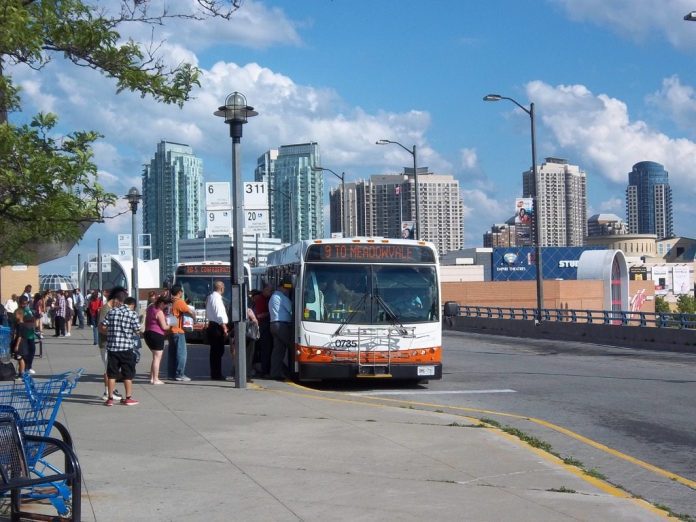Mississauga, Ontario, has been adopting a number of smart city initiatives and fostered the reputation as one of Canada’s safest cities. The municipal government improved services with a private fiber network and a citywide wireless network using Cisco solutions.
The city decided to deploy a private fiber network using Cisco routing, switching and security solutions, and also launched citywide wireless network services using Cisco controllers and access points. Mississauga’s IT strategy established certain goals to improve services and drive operational efficiencies using the internet of things.
“Just about every piece of equipment the city buys has the ability to connect to a wireless network,” said Shawn Slack, the city’s director of IT and CIO. “Snowplows, buses, fire trucks, [heating and ventilation] units and traffic lights are all capable of transmitting real-time data. Collecting and using that data to make better decisions will enable more responsive and efficient operations.”
Mississauga is also enhancing its advanced traffic management system, which will allow the city to make real-time traffic system changes to reduce congestion and prioritize transit and emergency response. Also, flood-response decisions can be made and public communications and operations can be put into action immediately.
“The internet of everything enables the collection of data from sensors and cameras, which can be used to improve and accelerate service delivery,” said Slack.
All city operations field staff have mobile access to service work orders in the field with real-time information access to support maintenance decisions. In the future, traffic signals could allow snowplows to pass through intersections without stopping, reducing service time, vehicle wear and tear, and fuel consumption.
In the past, the city was challenged to quickly notify the public about road closures, storm damage, flooding and other events. Now, the smart city initiative allows city officials to post near real-time updates in the city’s website.
Mississauga also has a “bring-your-own-device” policy supported by the 10-gigabit Ethernet-based wireless network. “Within the next few years, we’ll require less office space while exponentially improving productivity,” said Slack.
The city said it will continue working with Cisco and OnX for network design and enhancements. “Cisco and OnX are extensions of our team,” Slack said. “They help us realize the benefits of the internet of everything faster.”
The city plans to gradually add more sensors and devices to improve visibility, efficiency and management agility.
“We’ll be able to automate certain field services, connect people with real-time information and introduce more self-service options via our website,” Slack said.
Some of the solutions provided by Cisco included wireless controllers, routers, data centers, switches, security systems, appliances and services.

